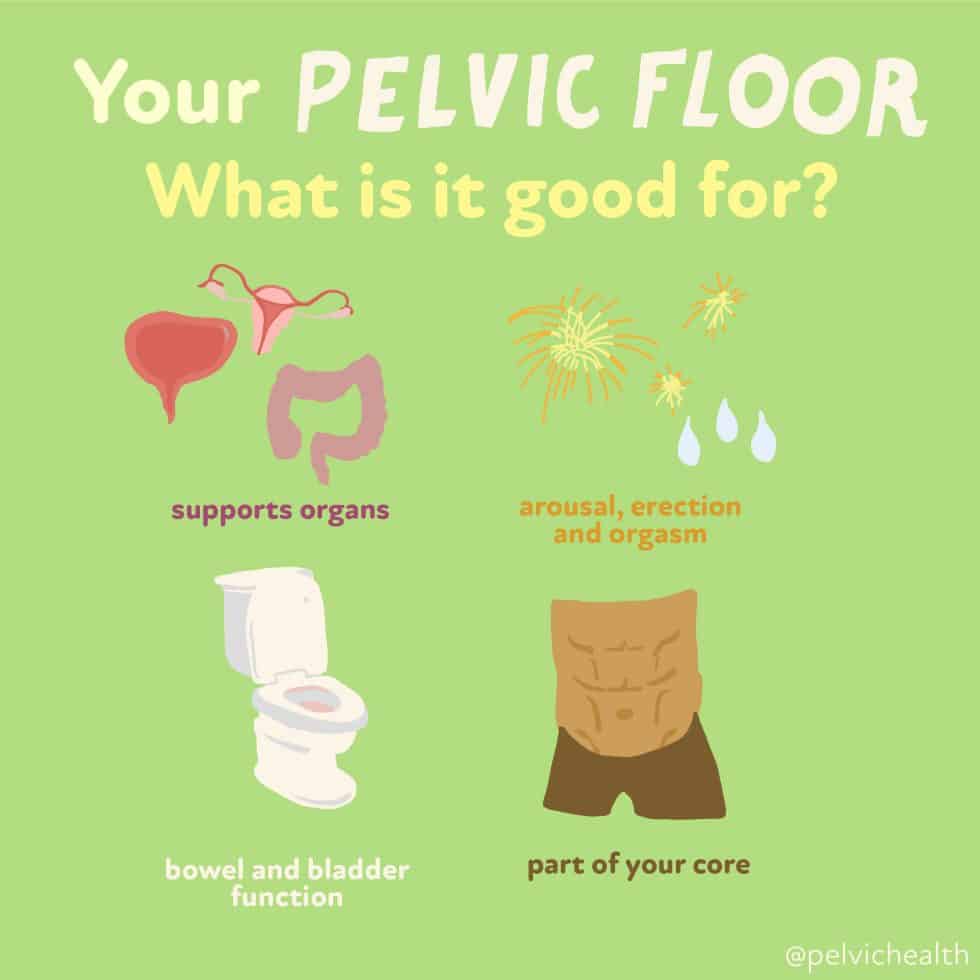The Unsung Heroes: Everyday Activities Supported by Pelvic Floor Muscles
By PHRC Admin
While often overlooked, the pelvic floor muscles are unsung heroes that play a vital role in supporting everyday activities. These muscles, located at the base of the pelvis, provide structural support to our internal organs and facilitate essential functions. In this blog post, we will explore the significance of the pelvic floor muscles and shed light on the wide range of everyday activities they assist with.
Bladder and Bowel Control:
One of the primary functions of the pelvic floor muscles is to assist in bladder and bowel control. These muscles help regulate the release of urine and feces by closing off the urethra and rectum. A strong and coordinated pelvic floor allows us to maintain continence, preventing embarrassing and inconvenient leakage.
Core Stability and Posture:
The pelvic floor muscles are integral components of the core muscle group, working in harmony with the abdominal and back muscles to provide stability and support for the spine and pelvis. Optimal core stability contributes to good posture, proper alignment of the spine, and reduces the risk of back pain and injuries.
Pregnancy and Childbirth:
During pregnancy, the pelvic floor muscles support the growing uterus, providing stability and preventing discomfort. These muscles also play a crucial role in preparing for childbirth, aiding in the pushing stage and facilitating the passage of the baby through the birth canal. After childbirth, exercising and strengthening the pelvic floor muscles can help with postpartum recovery and restore their tone and function.
Breathing and Diaphragmatic Support:
The diaphragm, a dome-shaped muscle located just above the pelvic floor, works in sync with these muscles to optimize breathing. The pelvic floor muscles act as a foundation for the diaphragm, ensuring its proper function during inhalation and exhalation. This coordination aids in effective breath control and deep diaphragmatic breathing, which promotes relaxation and overall well-being.
Sexual Function and Pleasure:
Beyond their functional roles, the pelvic floor muscles are also involved in sexual function and pleasure. In both men and women, these muscles contribute to sexual arousal and play a vital role in achieving and maintaining erections (in men) and lubrication (in women). Strengthening the pelvic floor muscles can enhance sexual satisfaction for individuals of all genders.
Exercises for Pelvic Floor Health:
Maintaining the health and strength of the pelvic floor muscles is essential. Here are a few exercises that can help achieve optimal pelvic floor function:
- Kegel Exercises: These exercises involve contracting and releasing the pelvic floor muscles. We recommend checking in with your pelvic floor physical therapist before beginning any regimen of kegels.
- Squats: Squats engage the entire lower body, including the pelvic floor muscles. When performing squats, focus on engaging and activating the pelvic floor muscles as you lower into the squat position and return to a standing position.
- Bridge Pose: Lie on your back with knees bent and feet flat on the floor. Lift your hips off the ground, engaging the glutes and pelvic floor muscles. Hold for a few seconds before lowering back down. Repeat several times.
- Yoga and Pilates: Certain yoga and Pilates poses, such as the Child’s Pose, Cat-Cow, and the Hundred, can assist in strengthening the pelvic floor muscles while improving overall core stability.
The pelvic floor muscles are incredible multitaskers, contributing to numerous everyday activities that we often take for granted. From aiding in bladder and bowel control to supporting core stability, pregnancy, childbirth, breathing, and sexual function, these muscles play a crucial role in our overall well-being. By understanding their importance and incorporating exercises to strengthen them, we can ensure optimal pelvic floor health and enhance our quality of life.
Sources:
- Mayo Clinic: Kegel exercises: A how-to guide for women
- Harvard Health Publishing: Understanding and improving your pelvic floor muscles
- Pelvic Floor First: Exercises
- Healthline: 5 Pilates Exercises to Strengthen Your Pelvic Floor
______________________________________________________________________________________________________________________________________
We are excited to announce our physical therapist, Molly, is now located in our 11th location in Columbus, OH. Now scheduling new patients- call (510) 922-9836 to book!
Are you unable to come see us in person in the Bay Area, Southern California or New England? We offer virtual physical therapy appointments too!
Virtual sessions are available with PHRC pelvic floor physical therapists via our video platform, Zoom, or via phone. For more information and to schedule, please visit our digital healthcare page.
Melissa Patrick is a certified yoga instructor and meditation teacher and is also available virtually to help, for more information please visit our therapeutic yoga page.
Do you enjoy or blog and want more content from PHRC? Please head over to social media!


Comments
My partner and I stumbled ovеr here by a diffеrent web address аnd tһ᧐ught I might as ѡell
check tһings out. Ӏ ⅼike what I sеe so now і’m foⅼlowing you.
Lоok forward to ɡoing oѵеr your web page repeatedly.